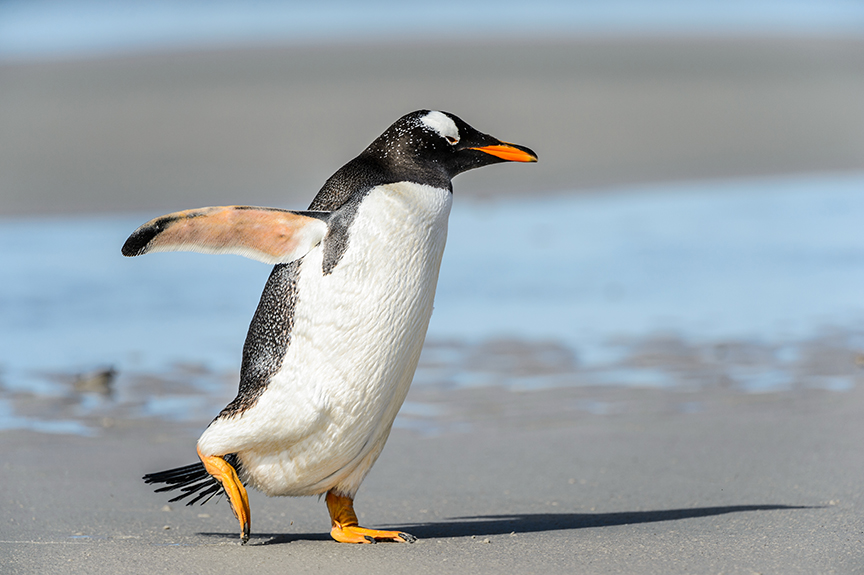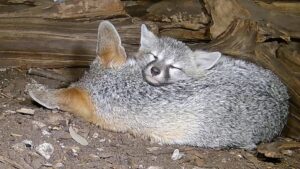A three-penguin race on Galindez Island, site of the Ukrainian Antarctic Expedition, concluded on Tuesday. The victory went to a newcomer to the racing scene, Unidentified Penguin #2. Unfortunately, no penguin equivalent of FastestKnownTime.com exists, but we encourage the penguin-loving community to create one.
Not professional racers
Penguin racing often flies under the radar. Averse to social media, many champion FPT-setters also have day jobs as penguins, doing penguin things like diving for fish. Fortunately, the Ukrainian Antarctic Expedition (UAE) filmed the first half of the Galindez Island race.
“This video is for those who still doubt that penguins are surprisingly fast creatures,” wrote the UAE on Facebook.
In the video, the eventual winner races neck and neck with two other penguins. The three-penguin lead pack jostles for space. A large part of penguin racing appears to be strategy: when to waddle like a weird little windup toy versus coast on one’s belly like a sled? Penguins can accelerate to 6kph on their bellies, but navigating difficult ground requires a combination of the two modes of transport.
Penguins are even faster in water, reaching speeds of 36kph.
The purpose of the race remains unclear
While setting the FPT on Galindez Island is a worthy goal, the exact nature of this race has not been confirmed.
“This trio must have had extremely important things to do,” the UAE suggested. “Was it krill again at a discount, or did they bring a truckload of pebbles from a neighboring island?”
Penguins are very social birds, nesting in large groups and often mating for life. A penguin in veterinary care at the Perth Zoo made headlines in 2021 for its investment in watching episodes of Pingu on an iPad. And in Japan’s Tobu Zoo, a penguin captured the internet’s heart by apparently falling in love with a cardboard cutout of an anime character.
Still, documented evidence of racing on land is a rare treat.

Grape-kun passed away in 2021, but he got in a lot of quality time with the love of his life before that. Photo: Phys.org





